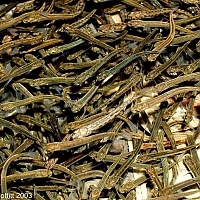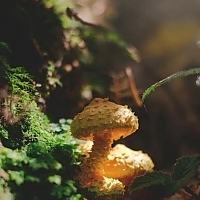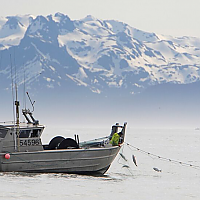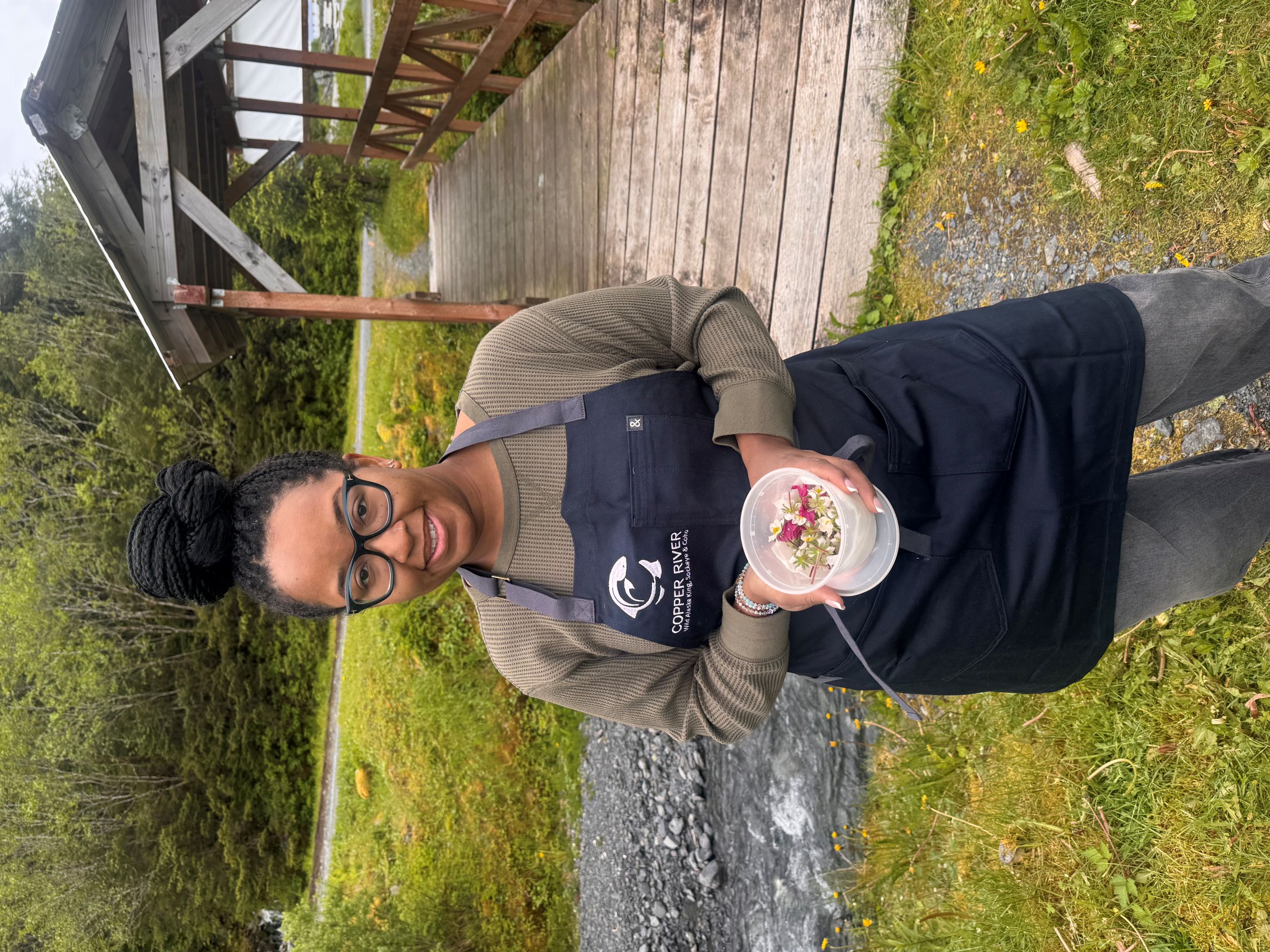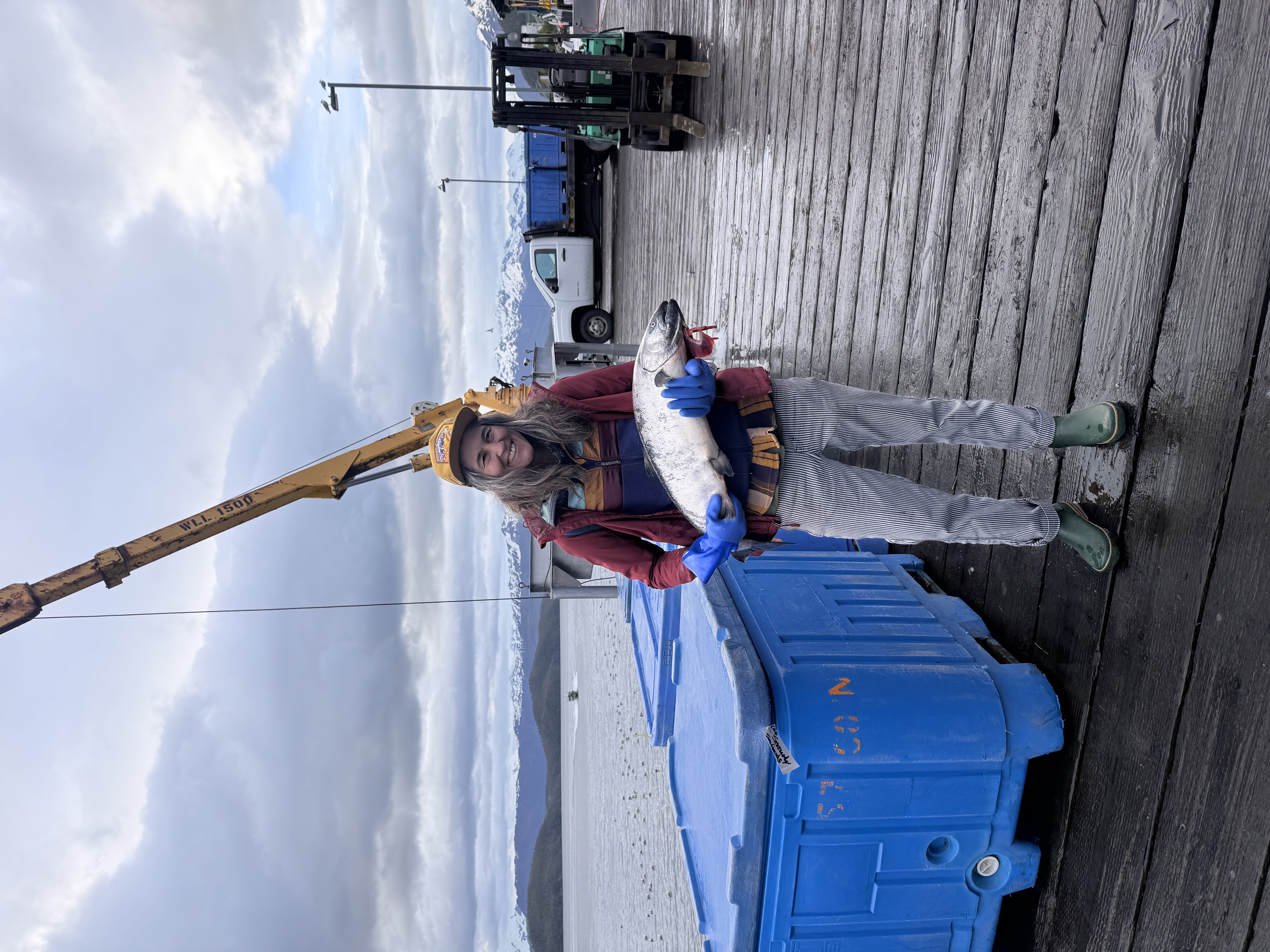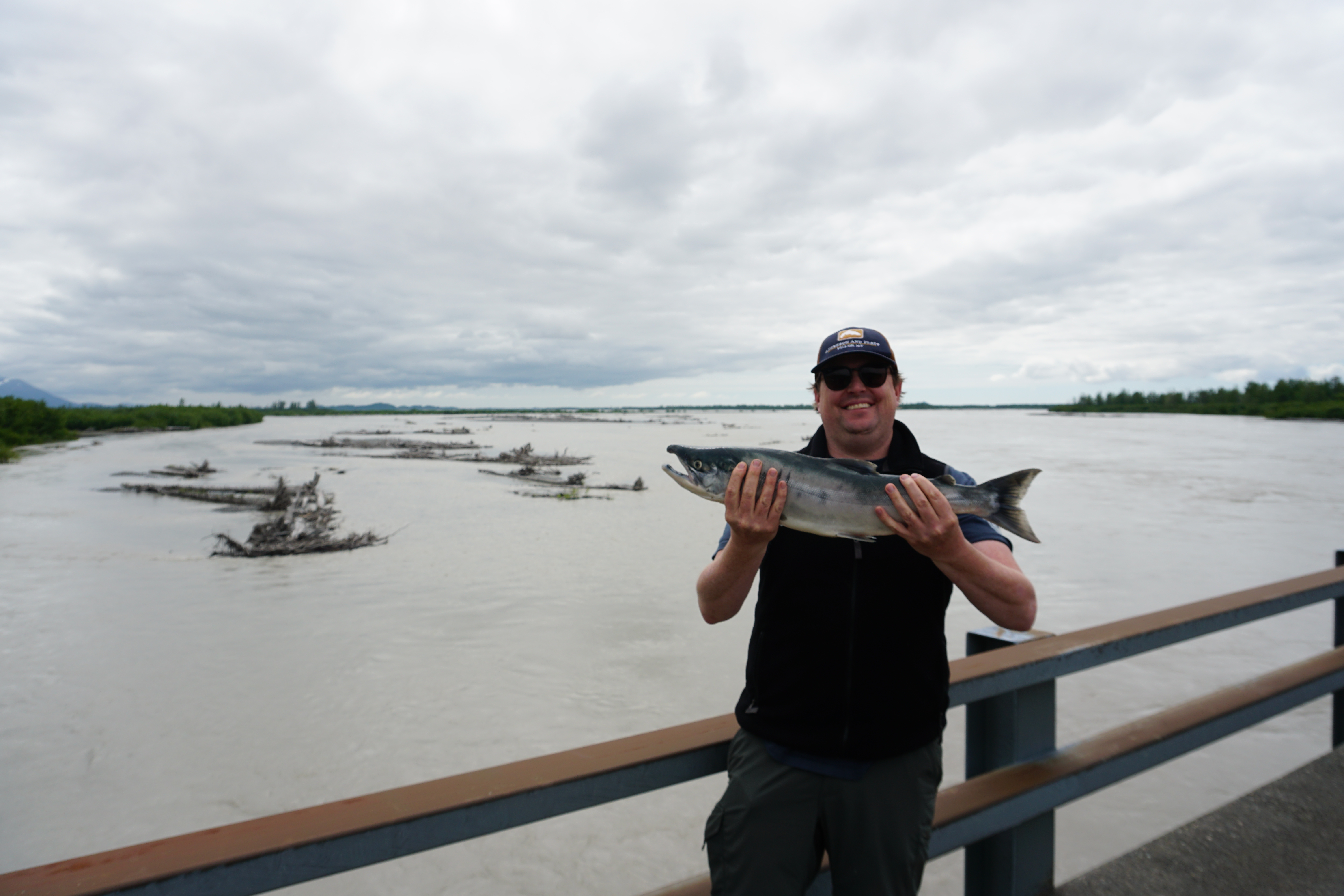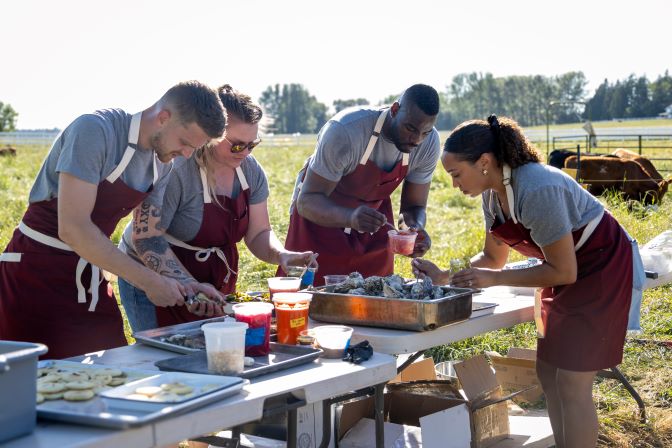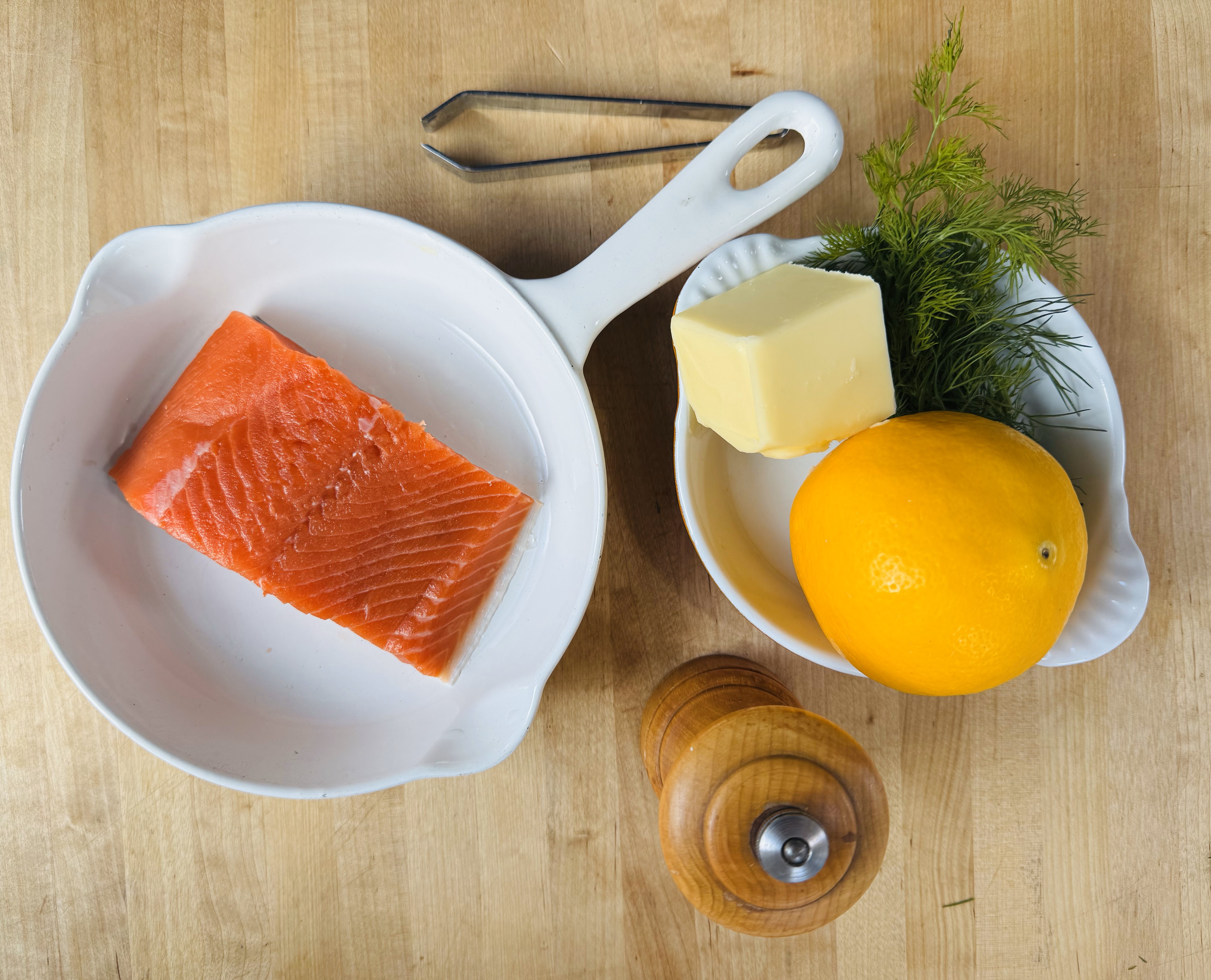By using our website, you agree to the use of cookies as described in our Cookie Policy
Salmon Lifecycle: Part I
It is December on Alaska’s Copper River.
Temperatures dip into negatives. The sun arcs low on the horizon. Small streams freeze to the bottom; rivers and lakes freeze on top. Energy in any form is scarce.
And yet, wild Copper River salmon are growing.
They began in late summer and fall, spawned by their parents into redds. Their mothers and fathers built these nests especially for them. They chose a place where the gravel was just the right size, where water flowed not too fast and not too slow, where predators might not find them. They conceived and hid their eggs here, leaving them everything they had. Then, they died.
The eggs are here still, buried, waiting. They will stay here until the Copper warms again. Sustained by their yolk sac, they must grow strong enough to emerge from the gravel and feed in the spring. In the meantime, some will be eaten. Some will freeze and others will be washed away. Some eggs will contract disease and perish.
And yet, many will survive.
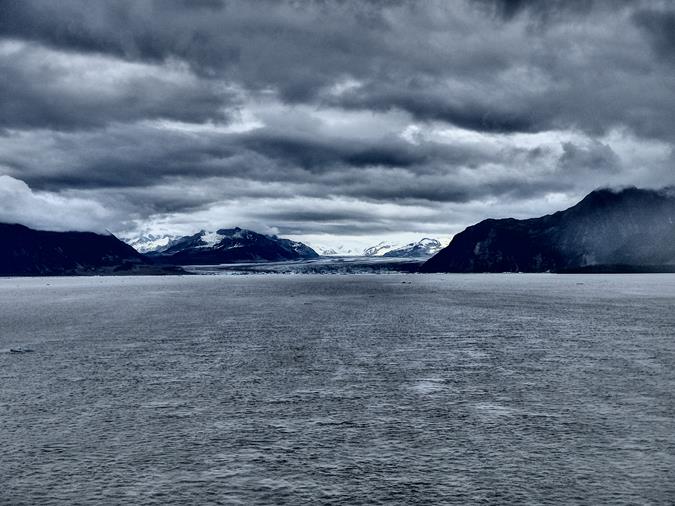
‹ Back


